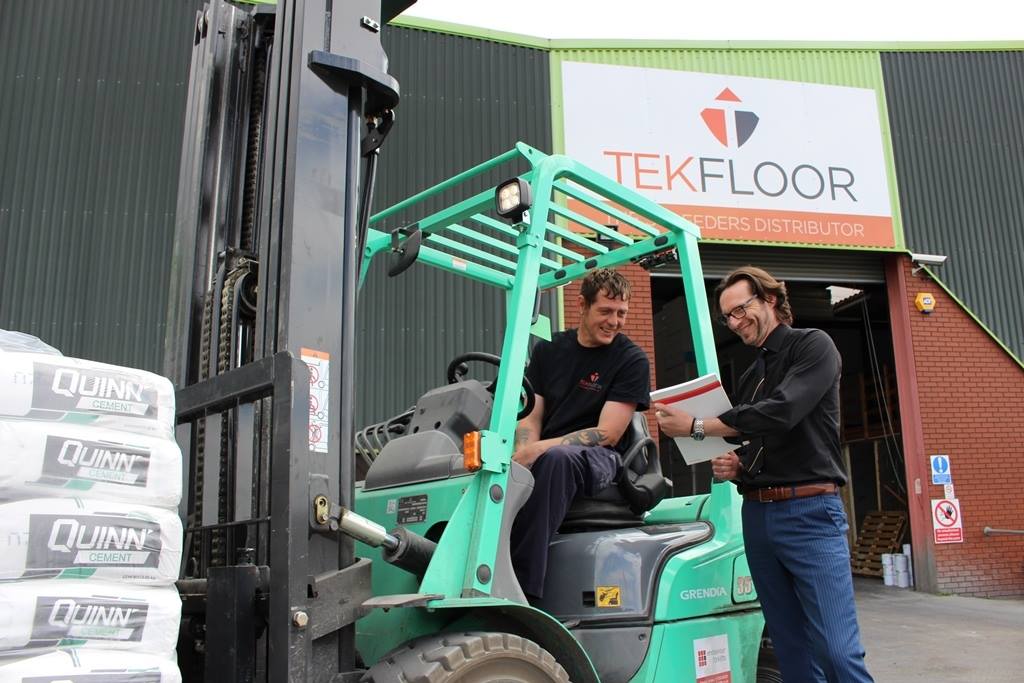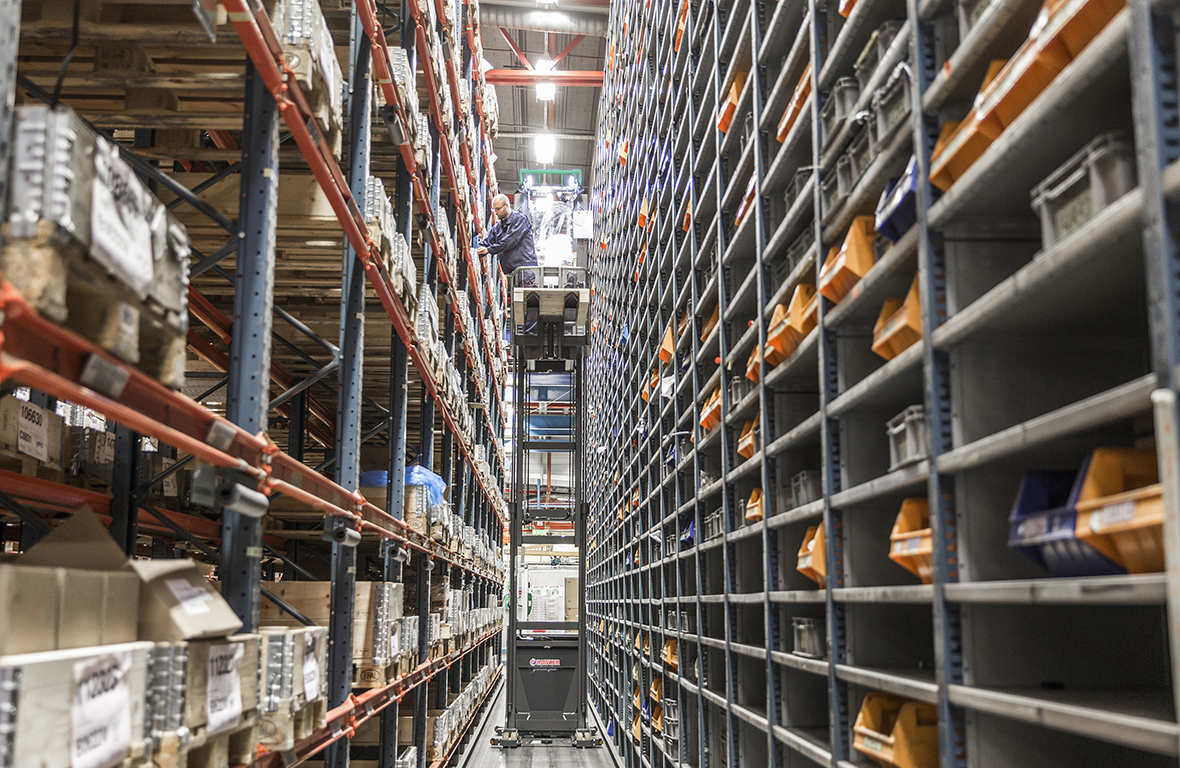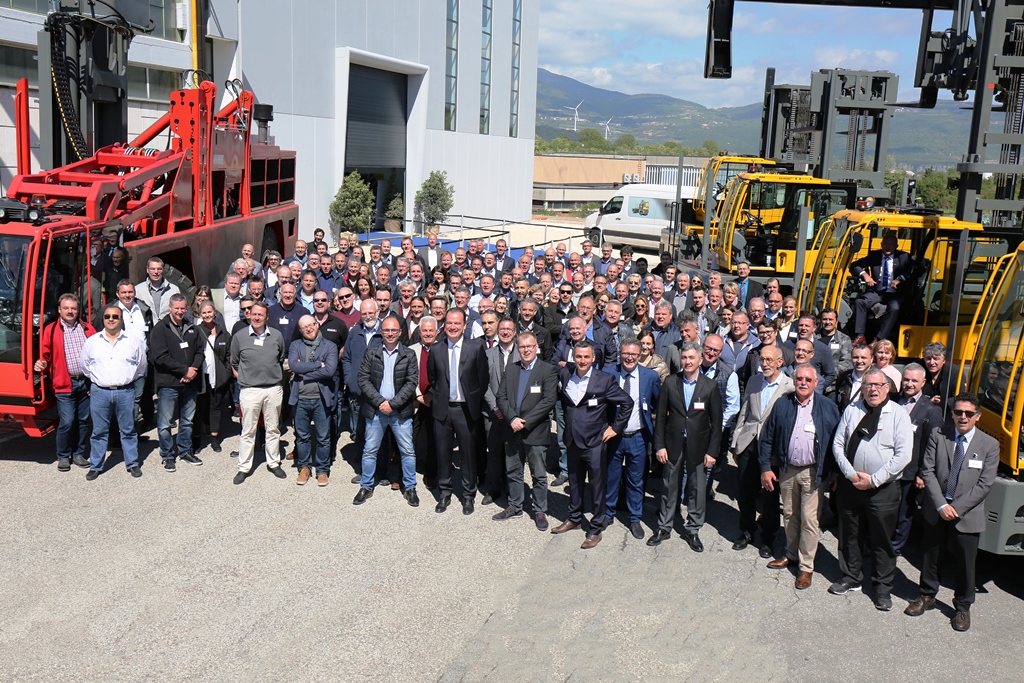As the Brexit transition period progresses and the UK government gradually confirms what our relationship with the EU will look like going forwards, the implications for industries are slowly coming to light.
For the supply chain, one of these changes was made clear by Michael Gove in February: as of the 1st January 2021, trade with the EU will no longer be as seamless as before.
Up until this point, EU trade with the UK has relied on the benefits of the single market, affording frictionless borders allowing goods to move easily into and out of the country. This comprised the suspension of tariff and non-tariff barriers to trade, resulting in free movement of goods between member countries. With the government’s warning that border formalities will now be reintroduced at the UK border, including form filling, physical checks and additional tariff barriers, rumours abound that customs nightmares will ensue for EU and UK firms alike.
However, this “friction”, which Gove calls “an inevitability”, doesn’t mean that the supply chain should inevitably slow down. In fact, forward-thinking companies already have their own solution to enable frictionless trade even when new policies or regulations arise: a digitally-enabled global supply chain. These cloud-based technologies are helping organisations make strides towards a more streamlined, resilient supply chain.
Data, data, data
The changes could comprise a doubling of the documentation at the border, meaning carriers will need both an export declaration to leave the EU and an import declaration to enter the UK, and vice versa; 200 million additional UK customs declarations each year. Organisations must now adapt to manage the huge volume of new data required to drive cross-border reporting.
Traditionally, drivers submit paperwork when crossing the border. To reduce the risk of inaccurate or incomplete documentation, which could render the carrier to the back of a very long compliance queue, businesses can create their own “frictionless” experience by investing in a duty management system, effectively moving the compliance process away from the border and into the controlled environment of the import office.
Thanks to HMRC simplifications and new cloud-based technologies, it is easier than ever to complete documentation away from the physical border. Ahead of time, businesses can ensure the documentation is accurately filled in, checked for data quality, integrity and completeness, and submitted to HMRC via electronic data interchange (EDI). This not only reduces human error but restores confidence at the border.
Get connected
In order to further reduce friction at the border, modern logistics companies can leverage the fact that they are not alone in facing the tricky task of customs compliance. Businesses can take advantage of specialist partners offering tried and tested software to help make the process more manageable.
Customs documentation can be tricky to manage alone. Using a duty management system will ensure it is completed to the highest standard, supported by local experts who understand changing local regulations well. These specialist solutions take the weight off shippers’ shoulders.
The British Government (HMRC) also has many helpful schemes. As Authorised Economic Operators, businesses which prove their reliability can benefit from concessions, guarantees and simplifications at the border. Customs warehousing is another government initiative which enables shippers to avoid undue complexity, since customs duty on the goods is suspended, as if they have not yet touched British soil. Similar to an airport departure lounge, goods can be cleared inland away from the queues and move smoothly on to their destination for sale abroad.
Competitive Edge
The introduction and complexity of a new customs system may seem overwhelming at first. However, automating your processes and validations will reduce workload and also ensure that down-stream dependencies are all met, and right first time.
Joining a global trade network is a great way to ensure the necessary data is available at the right time and place. Powerful cloud-based platforms built to work within a network can deliver an eco-system of shared information and documents, as well as expand shippers’ multi-modal capabilities and configuring workflows.
The final piece when handling masses of data flowing through the supply chain is to go back to the point of origin. Transmitting data from the supplier directly to the office making the declarations will ensure that the exact specifications of the goods and shipment are known and accurate. This will help immensely with streamlining import clearances and preparation for subsequent HMRC audits.
Be prepared
The reinstatement of more stringent border checks will cause change, but it doesn’t have to be a stumbling block for the entire supply chain. The queues at pinch-point ports are expected to surge within the first days of friction with no let up, and the headache will not stop for those who are underprepared.
By working ahead of time to transfer information effectively, businesses can leverage technology to alleviate friction before it develops. Those transferring goods across the border may barely feel the difference as they simply complete the last piece in the puzzle, pass through the checks and continue on towards their destination.
h/t: BluJay Solutions




